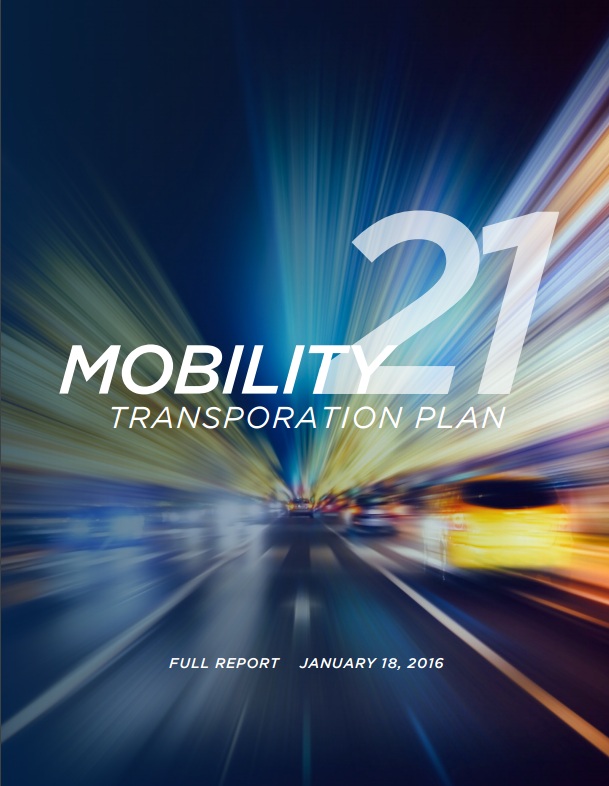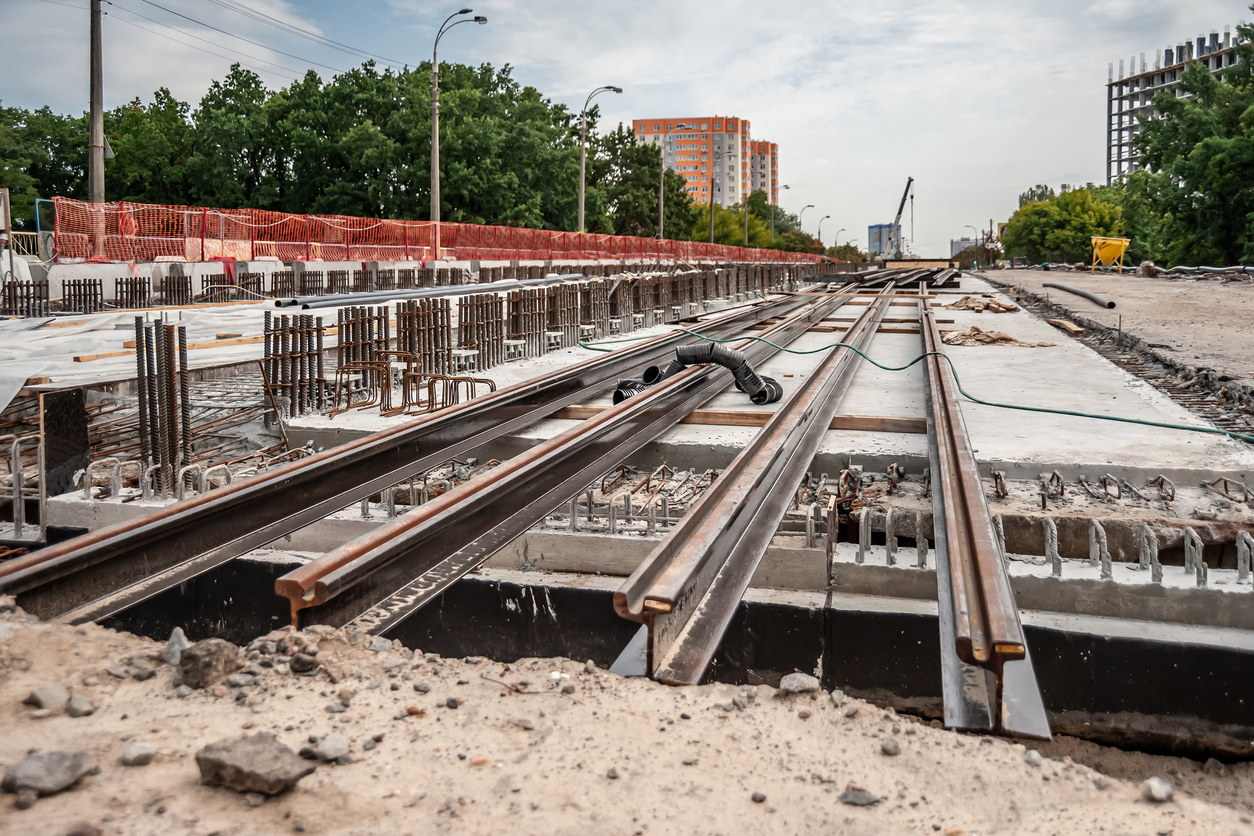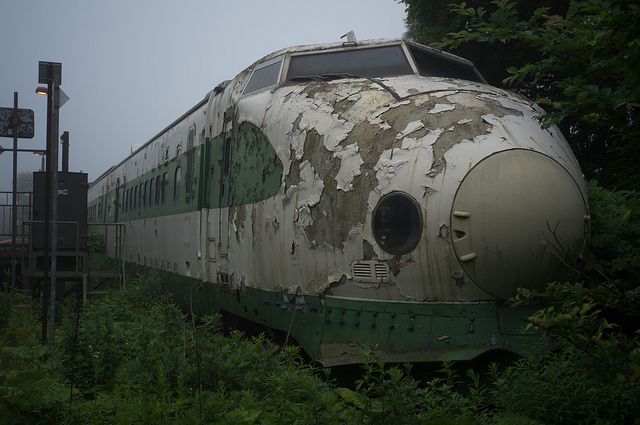Mobility 21 Now website launched with an alternative transportation plan for the region
All eyes are on the November elections, as people around the Puget Sound face a decision on whether or not they approve the largest, per-capita, rail-centric tax increase in the nation – Sound Transit 3 (ST3).
The $54 billion-dollar proposal aims to pay for commuter rail, two bus rapid transit lines, 37 new transit stations and additional light rail expansion at an annual cost of $300 to $400 per household for ST3 alone, and near or above $1,000 when you include taxes still being paid for Sound Move (ST1) and Sound Transit 2 (ST2).
Naturally, supporters are hopeful that their commute will improve despite the heavy impact on their wallet. However, the majority of the region is still stuck in traffic and in need of actual congestion relief and more access to viable, affordable transit options now.
Many taxpayers who are undecided feel like there is no comparable alternative being offered. They might be aware of the Puget Sound Regional Council’s finding that light rail has an extremely low market share, which makes the cost that much more alarming, but this is the only option Sound Transit officials are willing to offer. Additionally, taxpayers will not see the product until 15 to 25 years from today, but as I have said before, the ST3 timeline doesn’t matter. What matters is whether or not ST3 is appropriate for the region in the first place – not just for those who will ride light rail – but those who will not ride it, are sitting in traffic, and would pay for it anyway.
As taxpayers look for real solutions to traffic congestion, one idea is Mobility 21 Now, a plan that addresses highways, transit, and pedestrian/bike improvements. A new website has been launched, along with a video outlining the big idea. The full transportation plan is available for people to read in PDF form (linked in the image).
The plan outlines eight guiding principles on pages 36 and 37:
- Raise transit fares to about 65% of operating and maintenance costs [to raise fare box recovery to about the same level as Washington State Ferries; discounted fares would still be available for low-income riders].
- Focus on work trips and commute hours.
- Retain high-volume bus routes for about 23% of 2040 bus riders.
- For the remaining 77%, provide a privately operated Alternative Mobility Service (AMS).
- Significant computerized optimal routing assumed [plan for multiple, competitive providers evolving from competitors like Uber and Lyft].
- Eliminate Sounder Commuter rail as it is less cost-effective than bus service [and is therefore illegal under RCW 81.104.120].
- Limit Link light rail to track and service extending to Northgate in the north, to South 200th Street in the south, and to Overlake in the east.
- Re-organize bus transit agencies to reduce costs and dominance of the City of Seattle.
You can see the video and read more at https://mobility21now.com.






